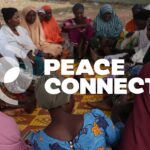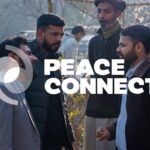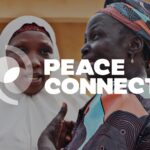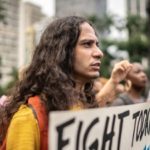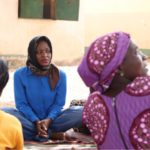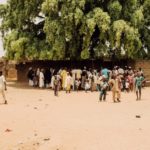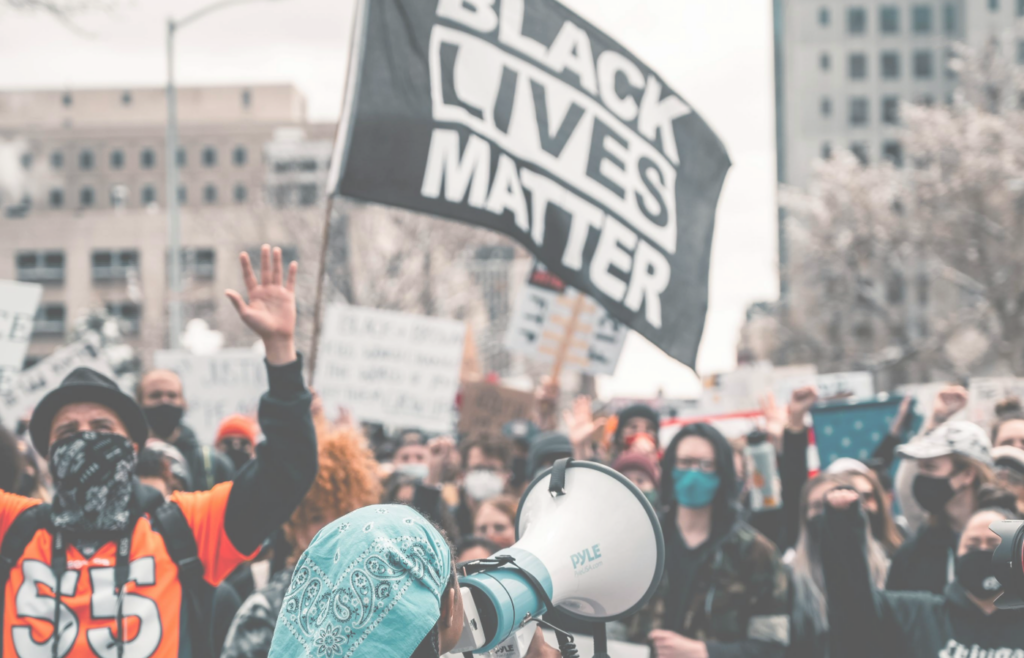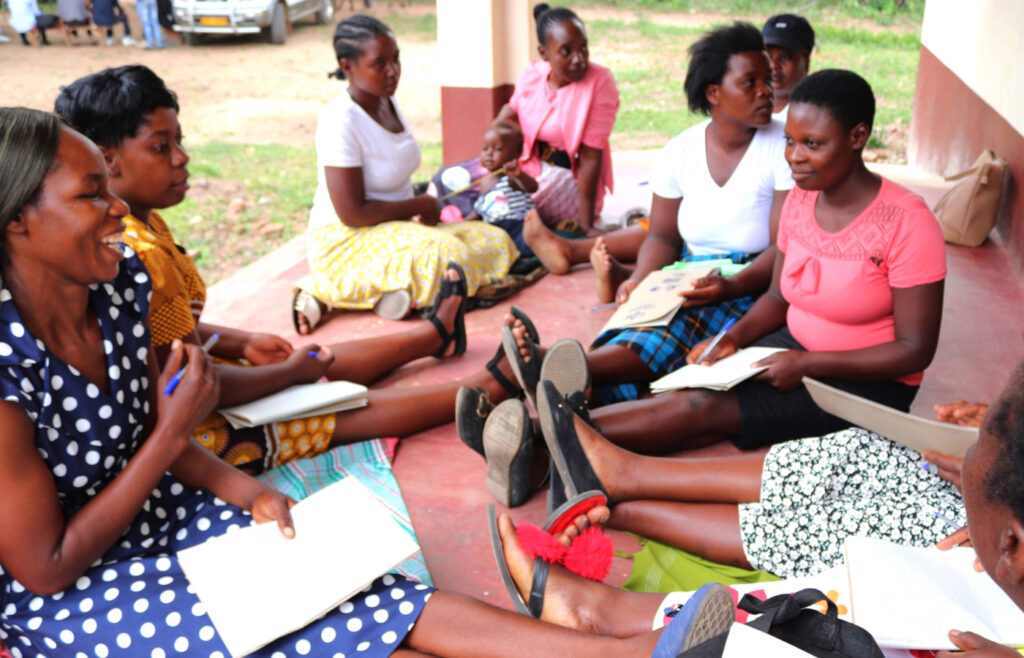-
Peace Connect
-
- Peace Connect
A global peacebuilding gathering, for local peacebuilders and their allies – Peace Connect is the first event of its kind. Hundreds of peacebuilders from the Global South, coming together for five days to share, learn and create
-
-
-
About us
-
- About us
Peace Direct is an international NGO which supports local people in some of the most challenging conflict environments worldwide. We support local people to stop violence by providing them with the support, skills, resources and voice needed to make peace a practical option.
-
-
- Our work & partners
- News & insights
-
Take action
-
- Take action
There are many ways you can support Peace Direct and help local peacebuilders around the world. Here’s how you can get involved today.
-
-

